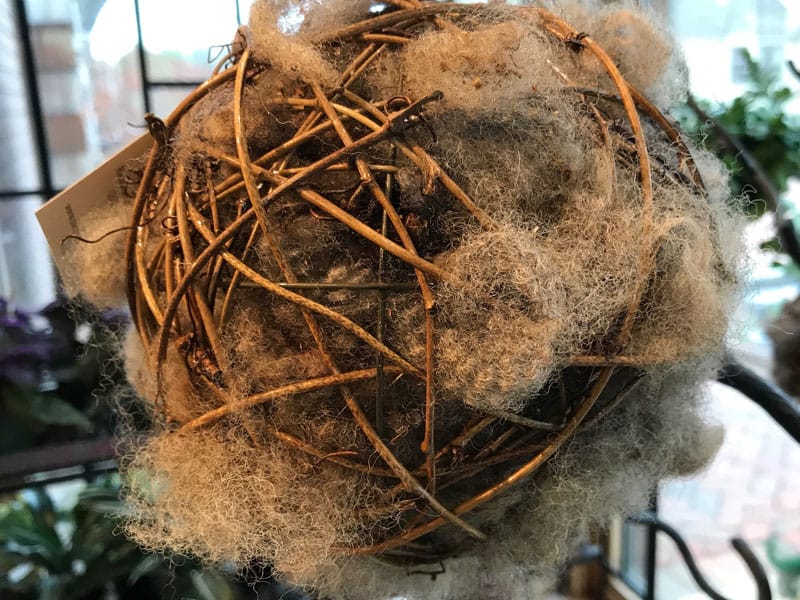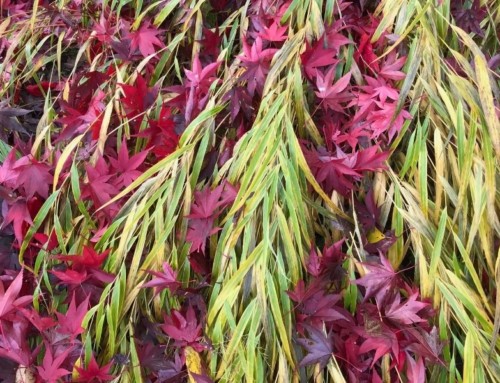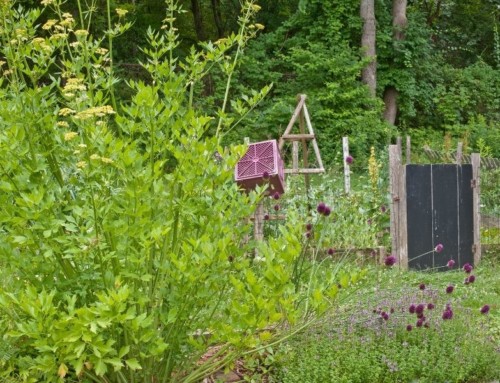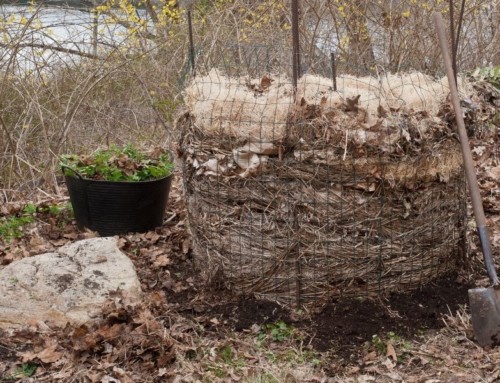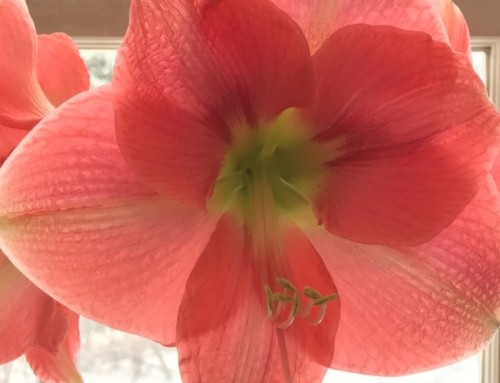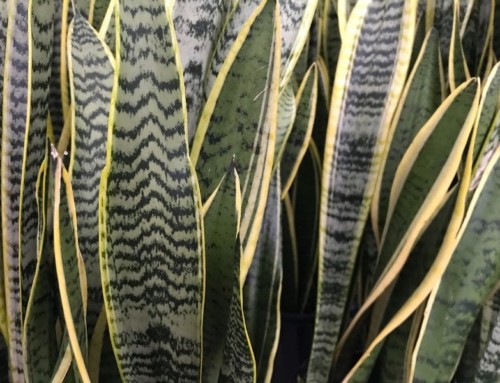Providing nesting material helps birds save energy otherwise expended looking for it, but what materials?
Birds will construct nests with whatever they find.
Last year a bright blue flash of color up in a tree caught my eye. An oriole had used discarded, degrading plastic newspaper wrappers in its hanging nest.
Visiting Tucson, I found cactus wren nests woven with plant tags amusing, but the nearby nursery didn’t. The birds had figured out how to undo loop tags, wreaking havoc with the inventory/pricing system and junking up every cholla cactus in sight.
NESTING MATERIALS TO AVOID
- Anything long, thin and strong, i.e. human hair, thread, yarn, string (can strangle, entangle or create internal obstructions)
- Dog hair if treated with tick or flea medication
- Fleece processed to remove water-repelling oils or treated with chemicals
- Dryer lint even without laundry additives (absorbs moisture, leaves hole when disintegrates)
- Plants sprayed with herbicides, pesticides, fungicides
- Plastic strips
- Tinsel
- Cellophane
- Aluminum foil
- Artificial or non-biodegradable anything
Krafts By Kevin ™ is a Massachusetts business started by Cindy and John O’Connor to provide paid employment in a disability-friendly work environment. Their son Kevin, who has autism, is the first employee.
Their Nest-EZ ™ Nesting Balls for birds are stuffed with “an all-natural unrefined byproduct of the cotton ginning process.” Cindy explains, “Cotton that is further processed loses its natural oils, making it an unsuitable nesting material as it retains water when wet. Nesting material that remains wet may give birds pneumonia.”
Fill nesting balls with natural, non-toxic, untreated materials that don’t absorb moisture, degrade or entangle baby birds.
The photo above shows a grapevine nesting ball stuffed with sheep’s wool and wisps of dried plant material, made by The Magick Garden in Maine.
SAFE NATURAL NESTING MATERIALS
- Locally grown straw and hay, especially if advertised as organic or non-GMO
- Soft hair collected when grooming sheep, dogs, cats, horses – if free of chemicals
- Fluff from cattails, cottonwood, milkweed
- Dried grasses and other fibrous plants
- Twigs and leaves
- Pine needles
- Thin strips of easy to collect exfoliating bark (‘Heritage’ river birch, beauty bush (Kolkwitzia amabilis), paperbark maple (Acer griseum), Seven-sons tree (Heptacodium miconioides)
- Snipped up small diameter vines and roots
Organic yards are naturally full of life, diversity and delight – and good nesting material for birds to collect on their own if you don’t go overboard with garden cleanup.
Many birds have particular preferences that we might not be able or willing to put in our nesting balls. (Empty suet feeders, mesh berry baskets, even kitchen whisks work too, they’re just not as pretty).
I often see translucent old snakeskins woven into or waving from nests. Some cavity-nesting birds hang snakeskins outside their holes to deter nest predators eager to consume eggs or nestlings, but not eager to mess with a snake that might eat them.
Garter snakes rub against rough logs in my woodshed, enabling them to split and shed the outgrown skin and slip away. These fascinating, ghostly scale-embossed husks disappear fast – birds must know right where to look.
Some birds line twiggy nests with soft feathers, flyaway plant fluff or the finest of fine pine needles. (Sleeping dogs beware – bold tufted titmice sometimes pluck soft fur from living mammals).
Hummingbirds incorporate lichens, mosses and, in my yard, thin flakes of apple tree bark bound with mud and sticky, stretchy spider webs
Spiders are beneficial insect predators and important protein-rich food for baby birds. Birds are on their own here if they want to collect spider webs. For the most part if you leave spiders alone they’ll leave you alone.
However, garden designer and writer Scott Calhoun lives in Tucson, where venomous black widow spiders are active in spring.
“They’re not a big concern away from where people congregate, but when they build webs on my patio furniture, I whack them with a shoe and clear out the webs. I don’t want guests to get bitten.”
He has had scolding hummingbirds relentlessly divebomb him – and then swoop in fast to tear out the web he missed. “I’m just not going to leave them on my patio. Hummingbirds will have to find spider webs elsewhere.”
I’m sure I’d make the same call on that one.
